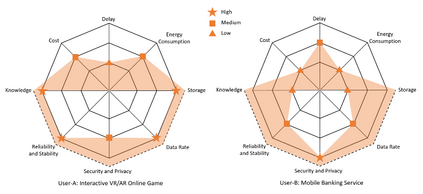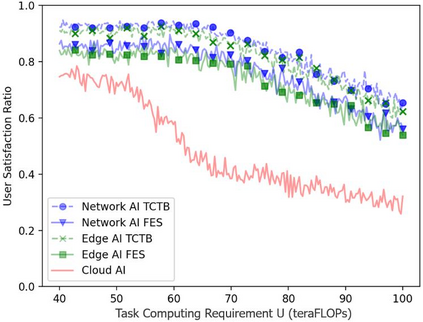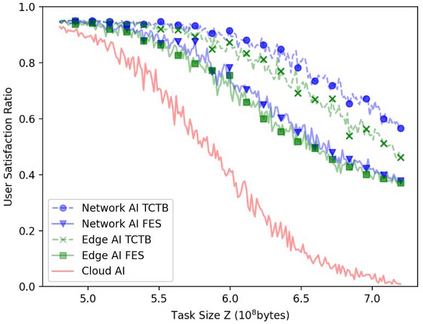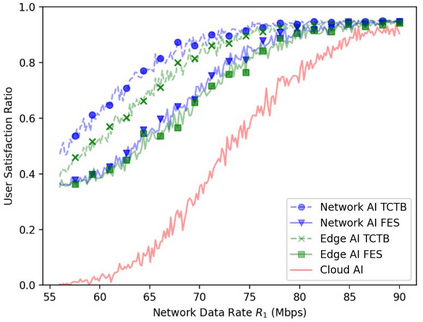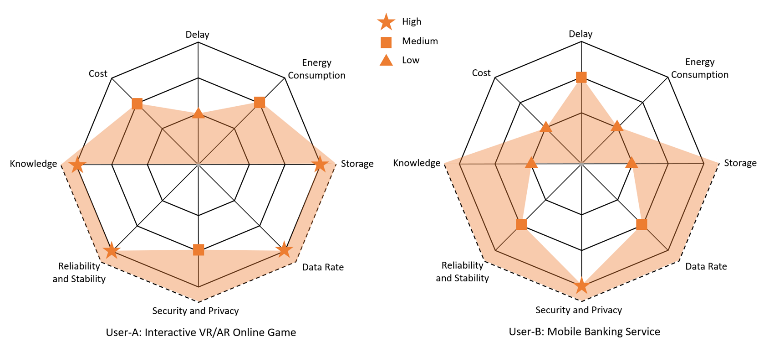Mobile communication standards were developed for enhancing transmission and network performance by using more radio resources and improving spectrum and energy efficiency. How to effectively address diverse user requirements and guarantee everyone's Quality of Experience (QoE) remains an open problem. The Sixth Generation (6G) mobile systems will solve this problem by utilizing heterogenous network resources and pervasive intelligence to support everyone-centric customized services anywhere and anytime. In this article, we first coin the concept of Service Requirement Zone (SRZ) on the user side to characterize and visualize the integrated service requirements and preferences of specific tasks of individual users. On the system side, we further introduce the concept of User Satisfaction Ratio (USR) to evaluate the system's overall service ability of satisfying a variety of tasks with different SRZs. Then, we propose a network Artificial Intelligence (AI) architecture with integrated network resources and pervasive AI capabilities for supporting customized services with guaranteed QoEs. Finally, extensive simulations show that the proposed network AI architecture can consistently offer a higher USR performance than the cloud AI and edge AI architectures with respect to different task scheduling algorithms, random service requirements, and dynamic network conditions.
翻译:为加强传输和网络性能,利用更多的无线电资源,提高频谱和能源效率,制定了移动通信标准,以提高传输和网络性能; 如何有效满足用户的不同要求,保证每个人的经验质量,仍然是一个尚未解决的问题; 第一代(6G)移动系统将利用网络资源差异化和广博情报,支持在任何地方和任何时间支持以人为中心的定制服务; 在本条中,我们首先在用户方面树立服务需求区的概念,以描述和直观综合服务要求和个别用户具体任务偏好; 在系统方面,我们进一步引入用户满意率概念,以评价系统满足不同SRZ的各种任务的总体服务能力; 然后,我们提出一个人工智能(AI)网络结构,配备综合网络资源,以及以有保障的QoEs支持定制服务的普遍AI能力; 最后,广泛的模拟表明,拟议的网络AI结构在不同的任务调度算法、随机服务要求和动态网络条件方面,可以始终提供比云层AI和边缘AI结构更高的性能。

